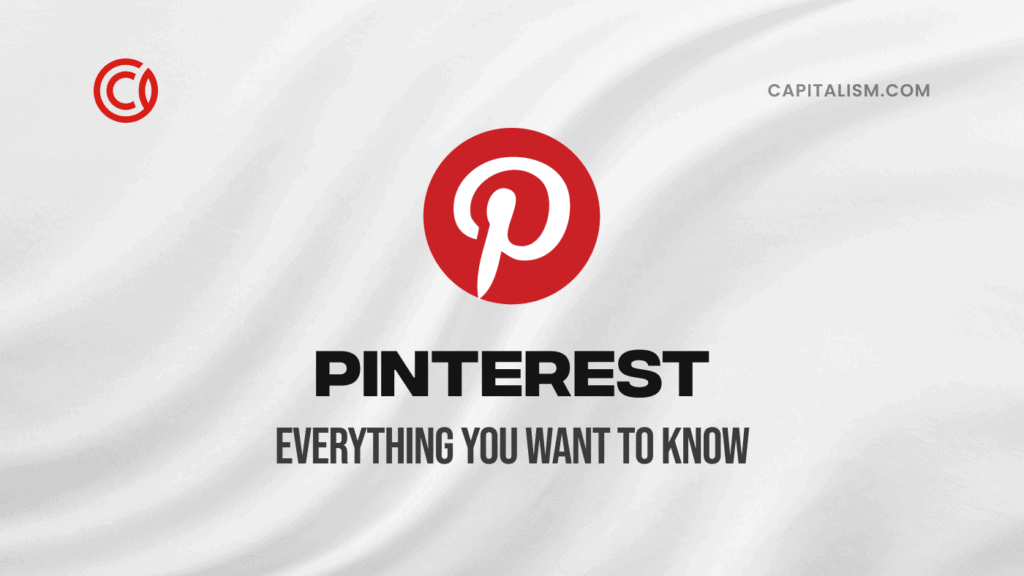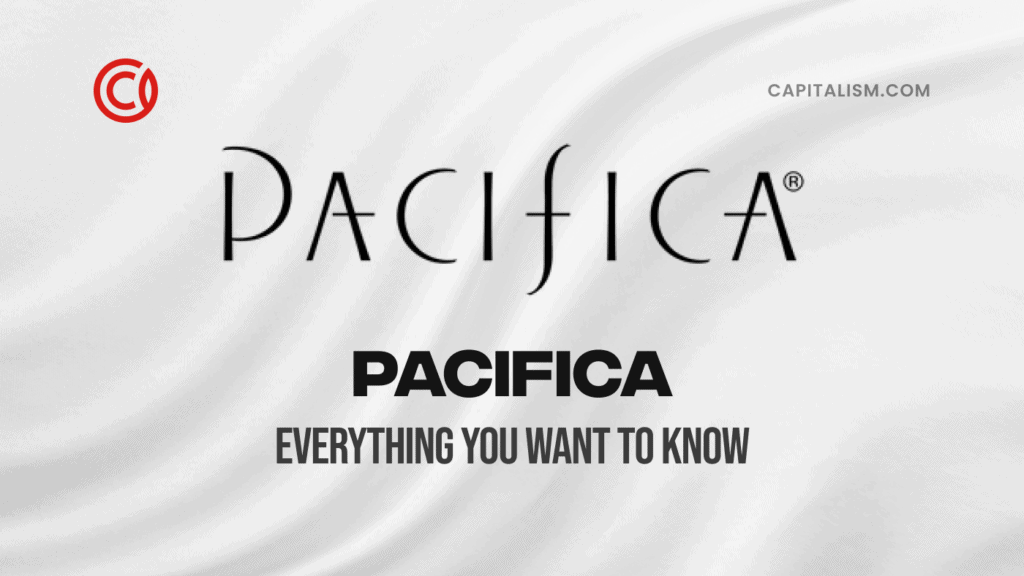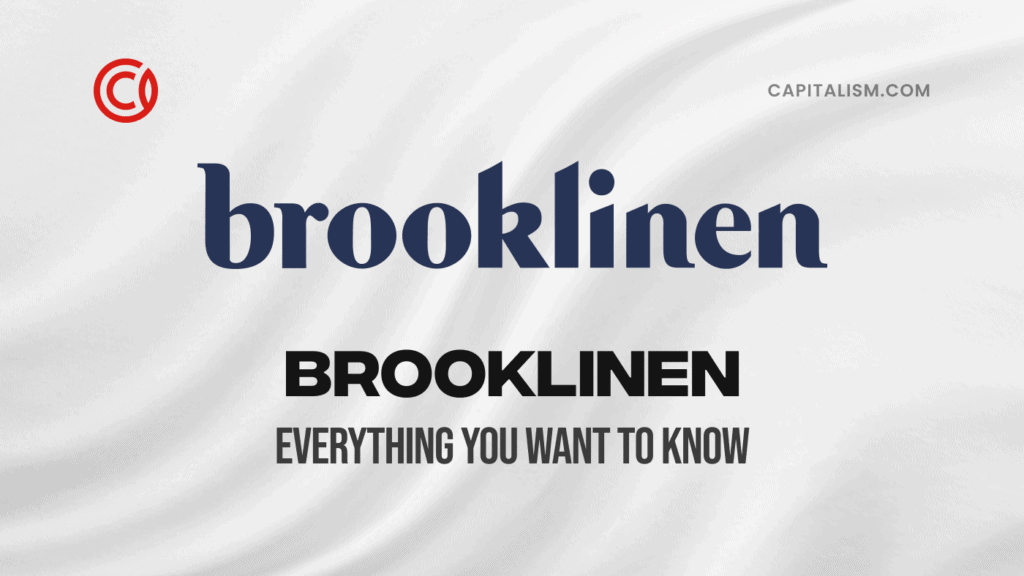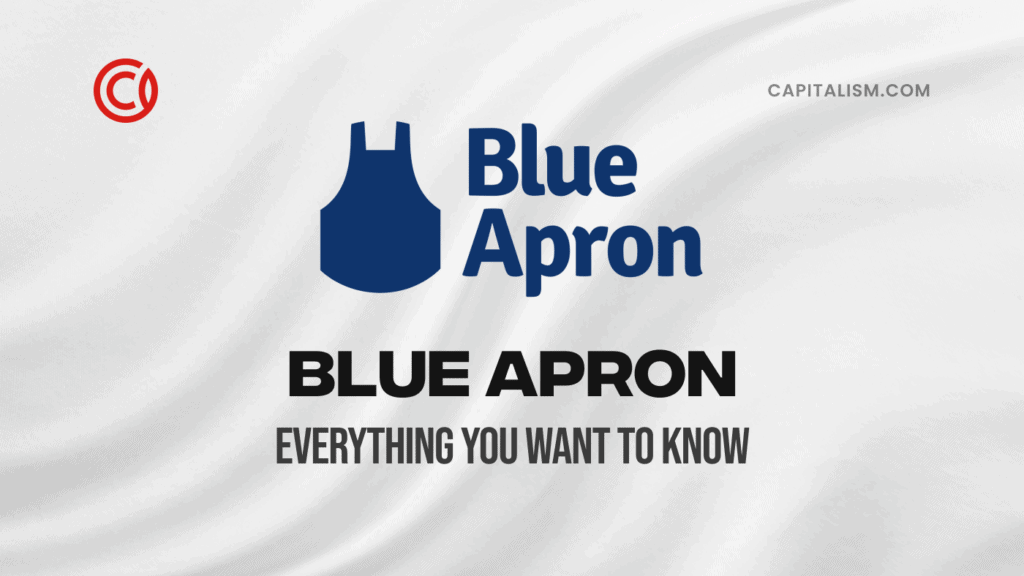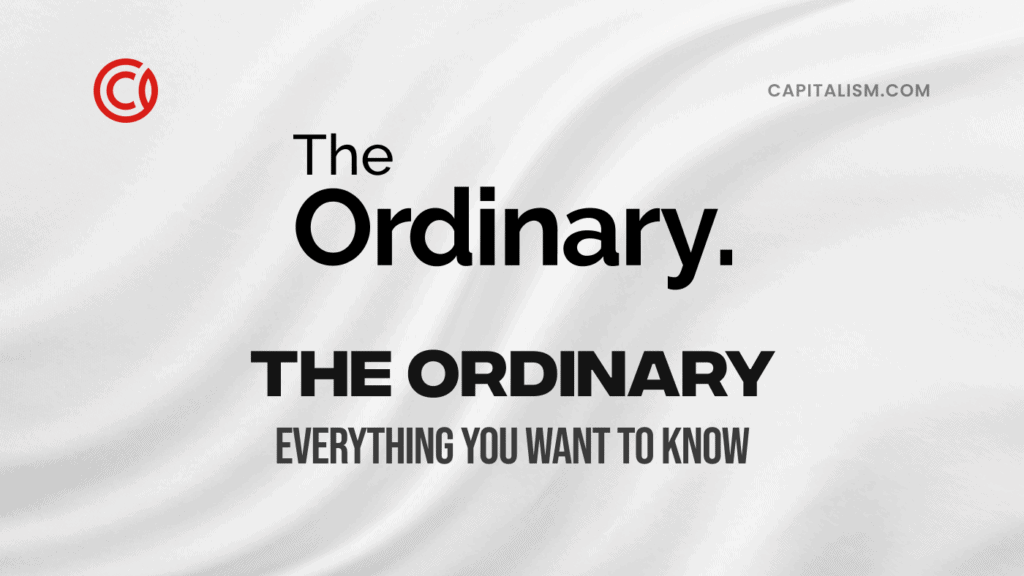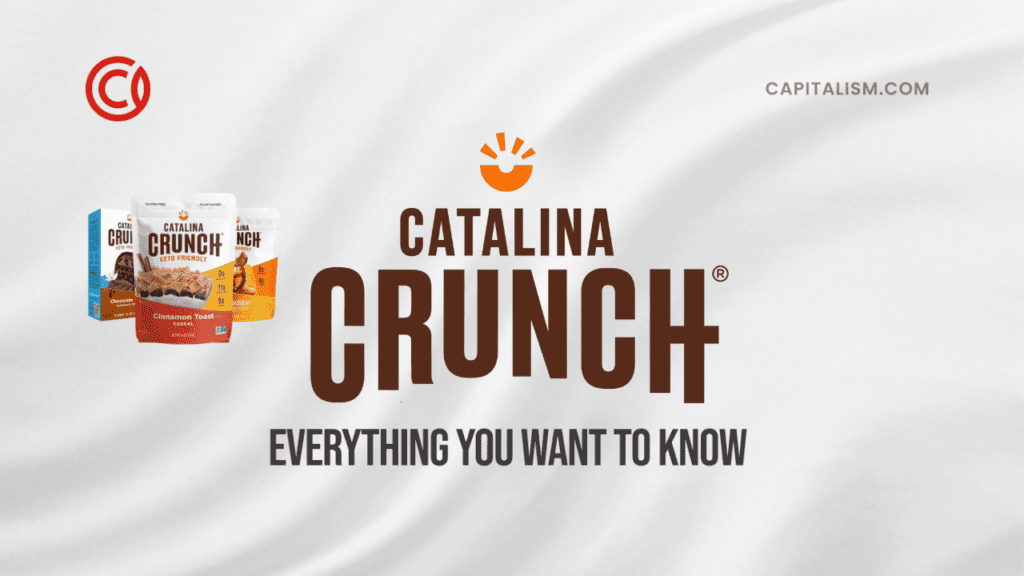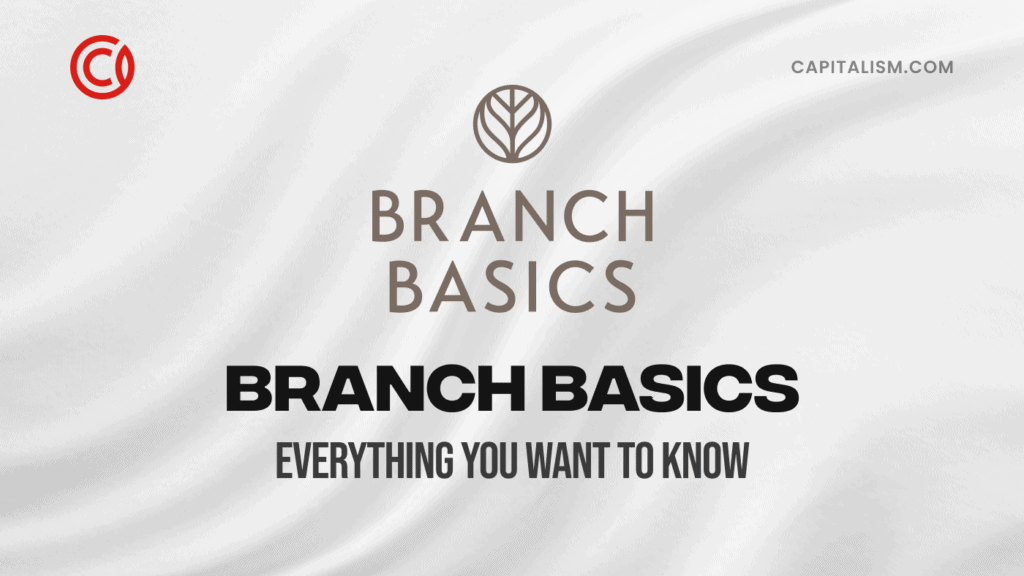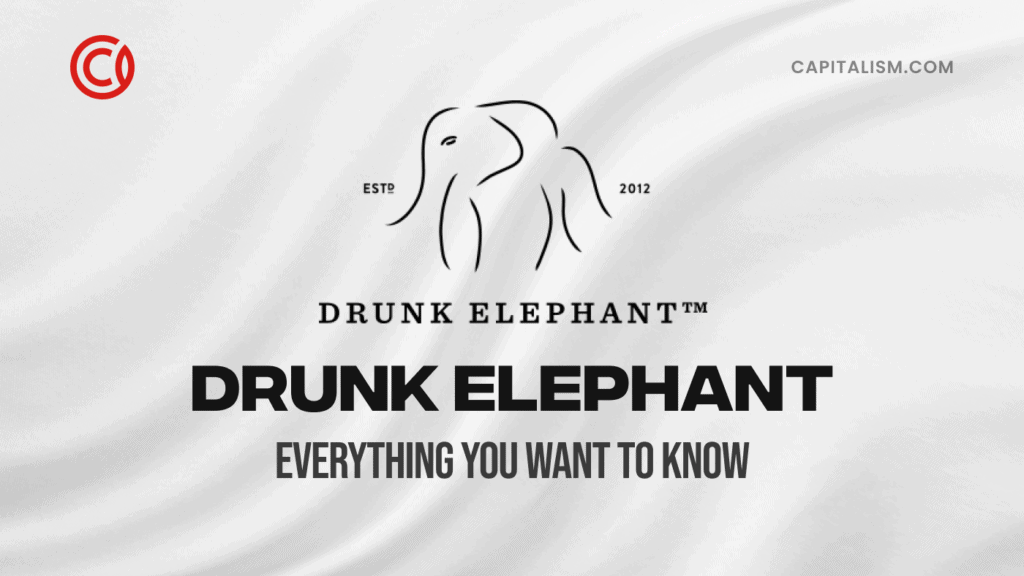Are you an entrepreneur looking to grow your business through social media? Look no further than Pinterest. Pinterest stands out among the multitude of platforms. With its visual appeal, it has become a powerhouse in social media platforms.
Pinterest accounts for a significant portion of retail referral traffic and drives more revenue per click than Twitter does.
With millions of users, Pinterest offers a unique opportunity for businesses to connect with their audience and showcase their brand through engaging content.
But what lessons can entrepreneurs learn from Pinterest? This guide will tell you everything you need to know about Pinterest and the invaluable lessons entrepreneurs can learn from it.
Once you're through here, don't miss our FREE playbook for building a million dollar brand of your own.
What is Pinterest?
Pinterest is a social media platform that enables users to post (known as 'pinning') photos and videos to their own or other people's boards and explore what others have pinned. Users can register for an account, log in and like or comment on posts.
This social network is centered around individuals' lifestyles and is expressed through visuals. It enables people to show off their hobbies and interests and connect with people with similar preferences.
Who founded Pinterest?
Pinterest was founded by Ben Silbermann, Paul Sciarra and Evan Sharp. They launched the website in March 2010. Ben Silbermann is the co-founder and the face of Pinterest.
What is its origin story?
Pinterest's origin began with Ben Silbermann, who worked at Google in 2008. At the time, he collected and organized things, including insects, stamps and other objects. This interest in curating collections led him to the idea of creating a platform that allowed people to collect and share their best things online.
Pinterest was created in 2009 and launched in 2010 by Ben Silbermann, Paul Sciarra, and Evan Sharp. It emerged from an earlier app called Tote, created by Silberman and Sciarra, which served as an online shopping replacement for paper catalogues.
Silbermann teamed up with Paul Sciarra, a designer and entrepreneur. Together, they started working on an app called Tote, focusing on online shopping.
Users of the app collected plenty of their favorite things and made it easy for others to see them. This resonated with Silberman, which caused him to transition the company from Facebook to Pinterest. This gave users the opportunity to create collections of multiple items and share them with their peers.
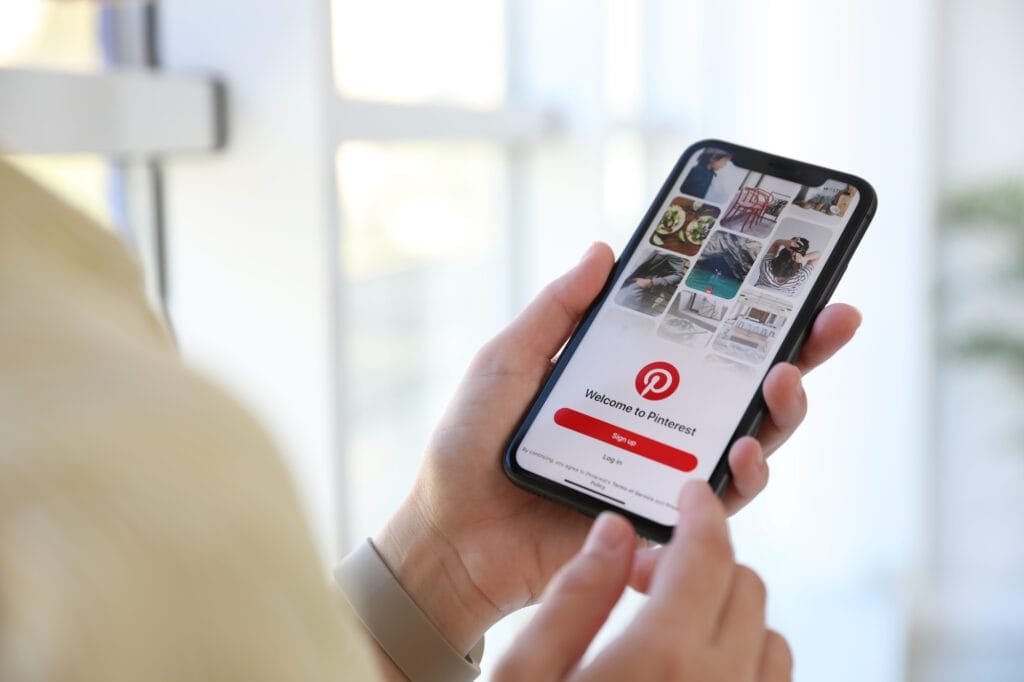
Speedy Growth
Pinterest development started in December 2009, and the website opened to the public in March 2010. Just nine months later, it had 10,000 users. Silbermann reached out to the initial 5,000 users, meeting them and providing his phone number.
In March 2010, an iPhone app was launched and received more downloads than anticipated. Later, an iPad app and a non-iPhone Pinterest version, called Pinterest Mobile, were released. Silbermann and some programmers ran the website from a small company until 2011.
The concept of pinning and pinboards became central to the platform. Users could pin images and videos from around the web onto their virtual pinboards. This visual and organized approach resonated with users, and Pinterest gained attention.
Since its launch, Pinterest has grown into a global platform with millions of users. It offers inspiration and ideas across various categories such as fashion, food, home decor and travel.
How was it funded?
Pinterest has raised a total of $1.5 billion across 26 funding rounds, with the latest on July 14, 2022. The platform has received funding from different sources over the years. This culminated in their initial public offering on April 17, 2019, when their stock opened at $19.00. Pinterest has acquired 18 companies, most recently being The Yes, which was finalized on June 2nd, 2022.
Here are its major funding rounds:
In 2010, Pinterest secured $500,000 from angel investors, entrepreneurs and venture capitalists in the seed funding round.
Pinterest raised $10 million in a Series A funding round led by Bessemer Venture Partners in 2011.
The platform raised $27 million in a 2012 Series B funding round led by investors like Bessemer Venture Partners.
In 2013, it raised $200 million in a Series C funding round led by Valiant Capital Management and Fidelity Investments.
The platform raised $367 million in a 2014 Series D funding round led by Andreessen Horowitz, Bessemer Venture Partners, and Valiant Capital Management.
In 2015, Pinterest raised $553 million in a Series E funding round. The round was led by Andreessen Horowitz, Bessemer Venture Partners, and Valiant Capital Management.
Pinterest has raised additional funding including a $150 million funding round in 2017 and a $150 million funding round in 2019.
What made Pinterest grow?
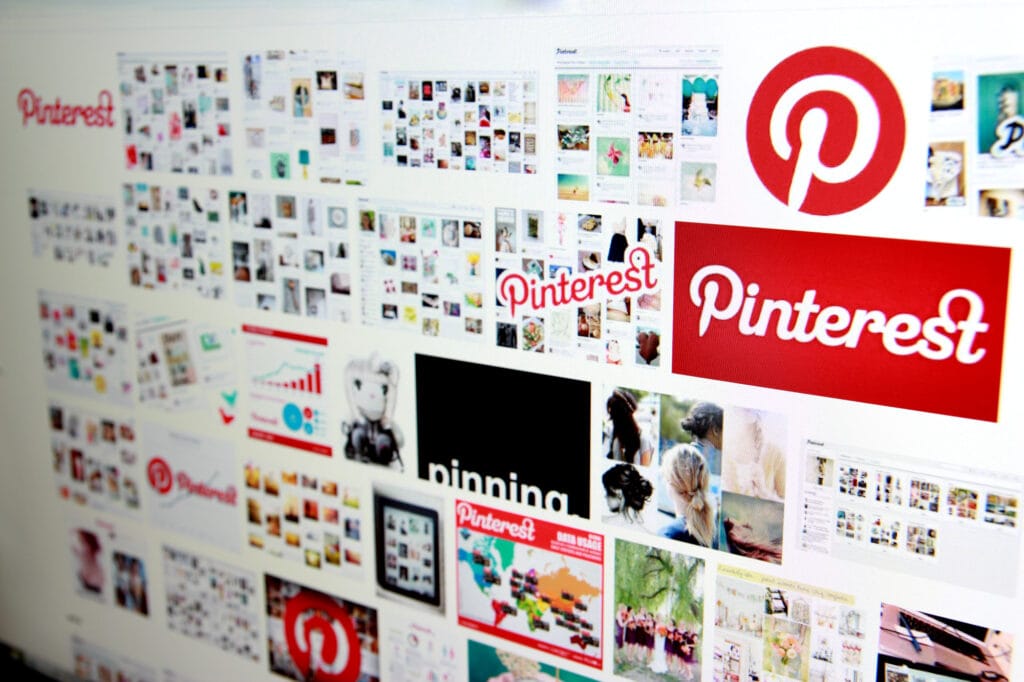
Pinterest's growth can be attributed to its innovative concept of allowing users to discover and share visual ideas in the form of pins and boards. This differentiates it from other social media platforms.
It focused on creating a user-friendly and visually appealing interface that encouraged users to spend more time on the platform. This led to increased engagement and user retention.
Pinterest's ability to personalize content based on user preferences and behaviour helps create a highly personalized experience. This encourages users to stay and engage with the platform.
Pinterest has positioned itself as a platform for discovering and exploring interests, hobbies, and passions. It offers a wide range of categories, such as fashion, home decor, food and travel.
It recognised the importance of mobile devices early on and developed a strong presence on smartphone platforms. Pinterest's mobile app makes it easy for users to access and engage with the platform on the go, contributing to its growth and user adoption.
The platform leveraged its visually oriented platform to integrate with e-commerce. It introduced features like Buyable Pins and Shopping Ads, allowing businesses to sell products directly on the platform. This e-commerce integration expanded Pinterest's user base and revenue streams.
Pinterest formed strategic partnerships and integrations with other platforms, enabling seamless sharing and content discovery. For example, Pinterest integrates with popular social media platforms like Facebook and Twitter enabling users to share their pins and reach a larger audience.
What is its valuation?
As of June 09 2023, Pinterest's market valuation is estimated at $16.37 billion.
What lessons can entrepreneurs learn from Pinterest's story?
Here are some valuable lessons entrepreneurs can learn from Pinterest's story:
- Identify and address a need: Pinterest identified a need for a visual discovery and organization platform. It caters to users' desire to find inspiration, save ideas and curate their interests. Entrepreneurs can succeed by addressing a specific need or solving a problem creatively and innovatively.
- Focus on user experience: Pinterest prioritizes creating a user-friendly and visually appealing website. The platform's intuitive interface, seamless navigation, and appealing content have contributed to its popularity. Entrepreneurs should ensure their products or services are easy to use, visually attractive and deliver value to their target audience.
- Build a strong community: The platform fosters a sense of community among its users. By encouraging engagement and allowing users to follow each other, users can connect, share ideas, and discover content together. Entrepreneurs should strive to build and nurture a strong community around their products or services. This contributes to organic growth and user loyalty.
- Adapt and evolve: Pinterest started as a different concept (Tote, focused on online shopping) but recognized the need to pivot and adapt. Entrepreneurs should be open to feedback and adapt their services based on market demands and user feedback.
- Monetize creatively: Pinterest explores creative ways to monetize its platform. It integrates with e-commerce features like Buyable Pins and Shopping Ads. Entrepreneurs should think critically about revenue generation and explore monetization strategies that align with their products or services.
FAQ
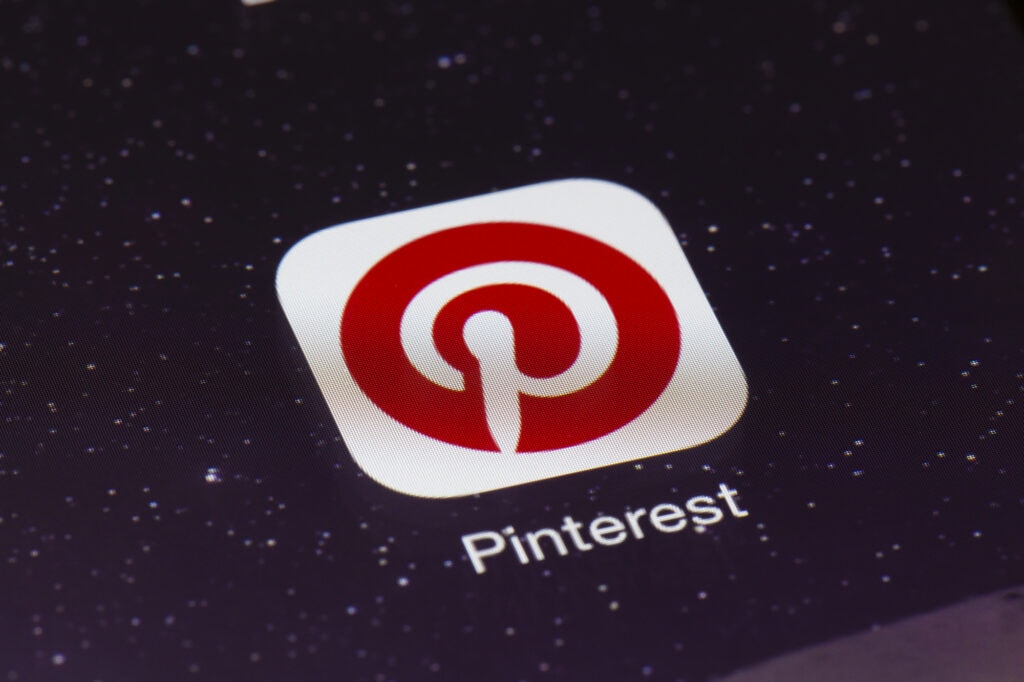
What is Pinterest?
Pinterest is a social media platform that allows users to discover, collect and organize ideas from around the web. It operates as a virtual 'pinboard' where users can save and share images, videos and links into different themed collections known as boards. The platform has an appealing concept, user-friendly interface, personalized content, and a diverse user base.
What makes Pinterest unique for entrepreneurs?
Pinterest offers unique features and benefits for entrepreneurs. These includes:
- Visual discovery and inspiration: Pinterest is a highly interactive platform, making it an excellent source of inspiration for entrepreneurs. It allows them to discover visual content related to their industry, niche or target audience. By exploring and saving ideas from various categories, entrepreneurs can find inspiration for their own products, services, marketing materials, and business strategies.
- Market research and trend identification: Entrepreneurs can leverage Pinterest as a valuable tool to conduct market research and identify emerging trends. By observing popular pins and trends in their industry, they can gain insights into consumer preferences, product ideas, and market demands. This information can inform their business decisions and help them stay ahead of the competition.
- Brand promotion and exposure: Pinterest provides entrepreneurs with the opportunity to showcase their brand, products, and a wide range of services. By creating engaging and attractive pins, entrepreneurs can promote their offerings, attract new customers, and increase brand exposure.
- Traffic generation and sales potential: Pinterest can be an effective platform for driving traffic to an entrepreneur's website. By strategically sharing pins with links to their website, entrepreneurs can attract interested users who seek information, inspiration, or products. Pinterest's integration with e-commerce enables entrepreneurs to convert Pinterest's presence into sales by featuring products with direct purchase options.
- Collaboration and partnership opportunities: The platform facilitates collaboration and partnership opportunities for entrepreneurs. By connecting with other businesses in their industry, they can expand their network and reach wider audiences. Pinterest's group boards allow multiple users to contribute and curate content together, fostering collaboration and community-building.
How can entrepreneurs use Pinterest to drive business growth?
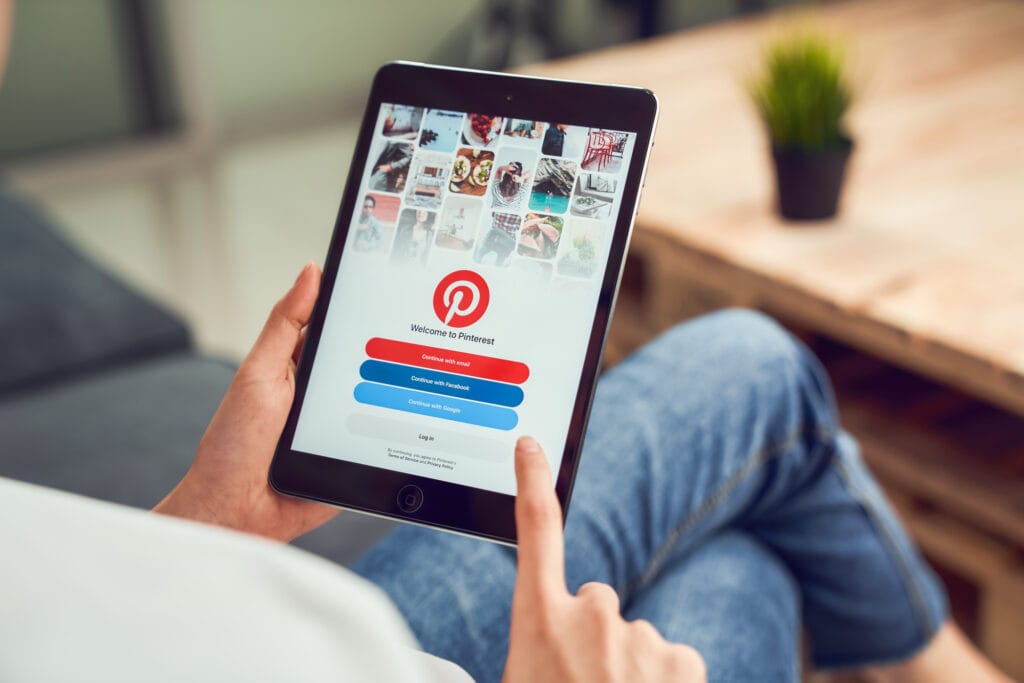
Entrepreneurs can use Pinterest to drive business growth by creating visually appealing pins that demonstrate their products or services, and organizing them into boards. This will help them attract potential customers and increase brand awareness.
Entrepreneurs can engage with their audience by commenting on and sharing other users' pins, which will help them build relationships with their target audience.
In addition, entrepreneurs can use Pinterest's advertising options to target specific demographics and reach more users.
How can entrepreneurs measure Pinterest campaigns' success?
Pinterest campaigns' success can be measured by monitoring the number of followers, repins, and comments on their boards and pins.
Entrepreneurs can use Pinterest Analytics to track clicks, impressions, and saves on their pins. They can track their audience's demographics and interests.
Entrepreneurs can track their website traffic using Google Analytics to see how many referrals come from Pinterest. They can also compare Pinterest metrics to overall marketing goals and ROI to determine campaign effectiveness.
Takeaway
With millions of users, Pinterest enables businesses to connect with their audience and showcase their brand through engaging content.
Pinterest is a social media platform that enables users to post (known as 'pinning') photos and videos on their own or other people's boards and explore what others have pinned.
Inspired by the success of Pinterest’s journey? Learn how to create your own wildly successful startup and scale to 100 sales per day FAST.
Request your FREE playbook and get started today.
